Submit your abstract for NANO2018 conference at City University of Hong Kong by 28 February 2018.
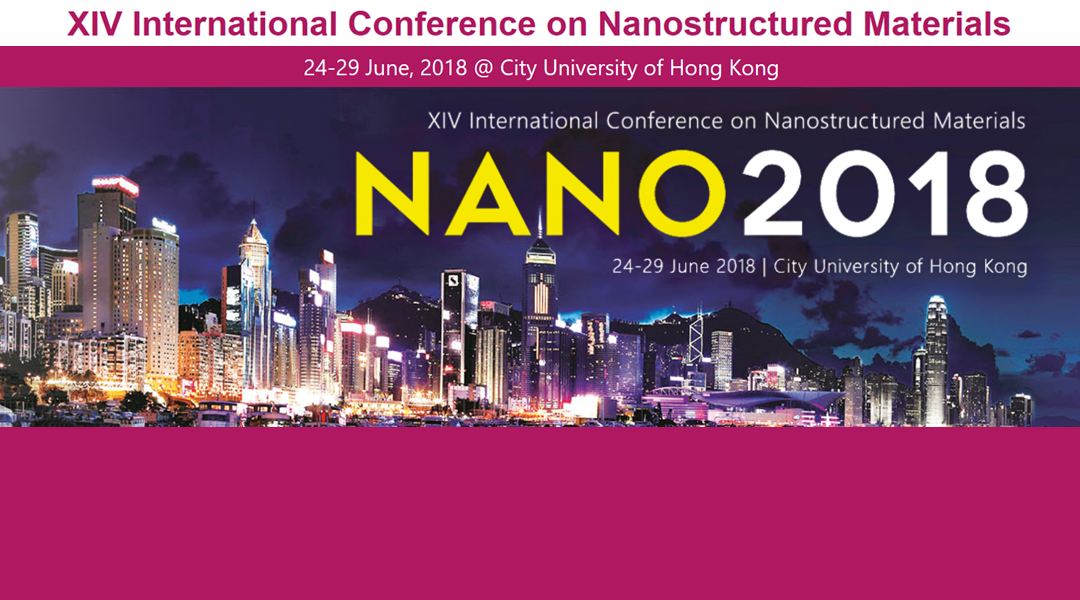

Submit your abstract for NANO2018 conference at City University of Hong Kong by 28 February 2018.
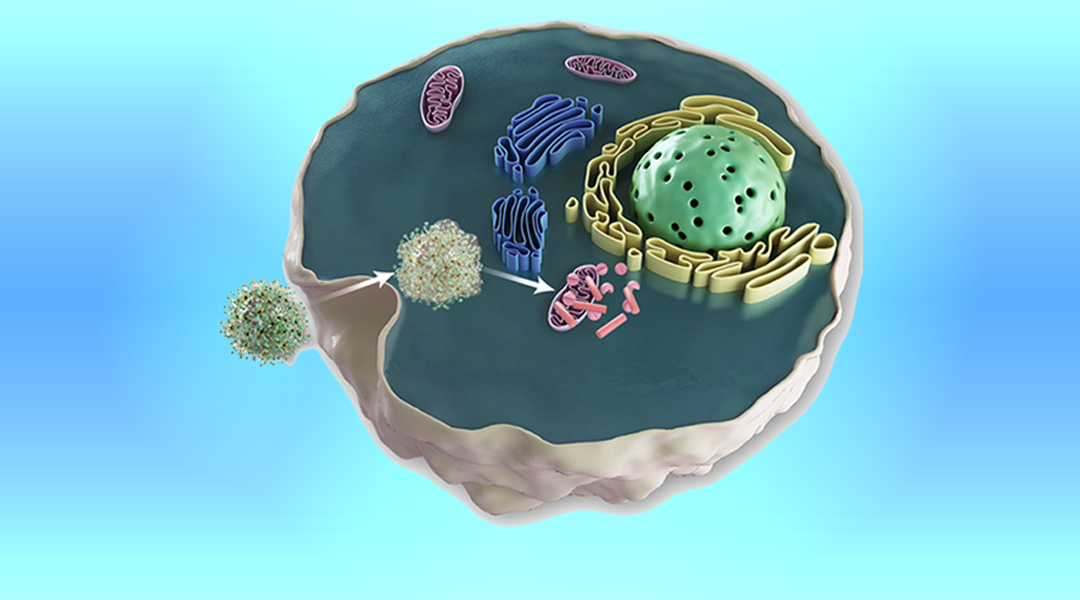
A novel reactive oxygen species (ROS)-promoted nanomedicine platform can effectively inhibit tumor growth, reduce side effects experienced in common anticancer drugs, while promote on-target uptake.

A team of researchers design broadband field-effect phototransistors based on molybdenum disulfide. The photodetector has the ability to detect very weak optical signals and is promising for applications in thermal imaging and sensing.
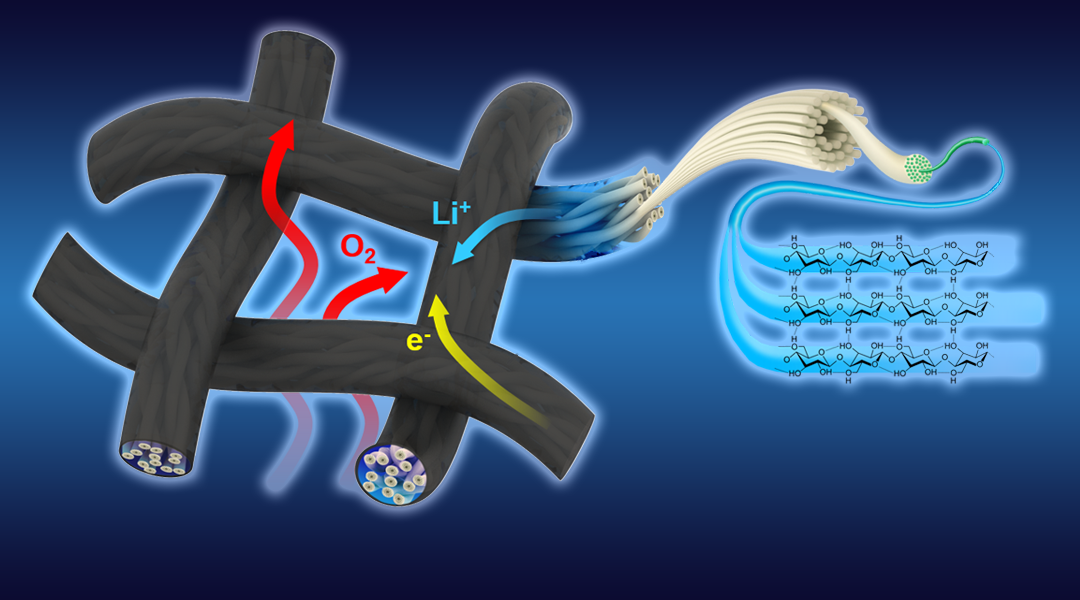
A novel flexible textile-based cathode with a unique triple-phased structure is presented, that shows improved non-competitive transport properties.
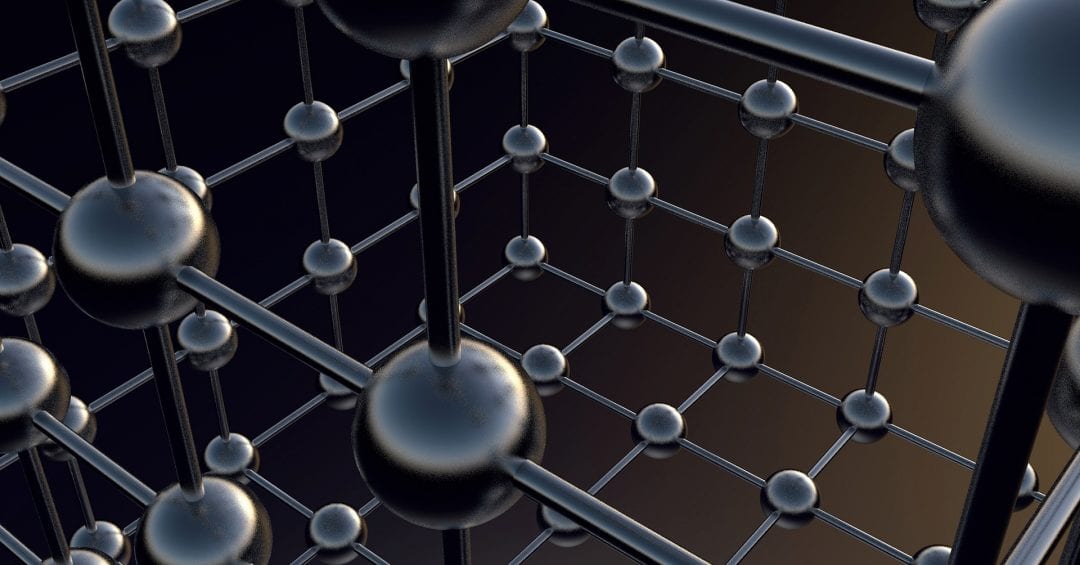
Researchers from the University of Tokyo shed light on the formation of the crystallographic structure of organometal halide perovskites.

Local control of pens in a large-scale pen array can be achieved by using a nanotube composite that is photo-responsive to fabricate each individual pen.
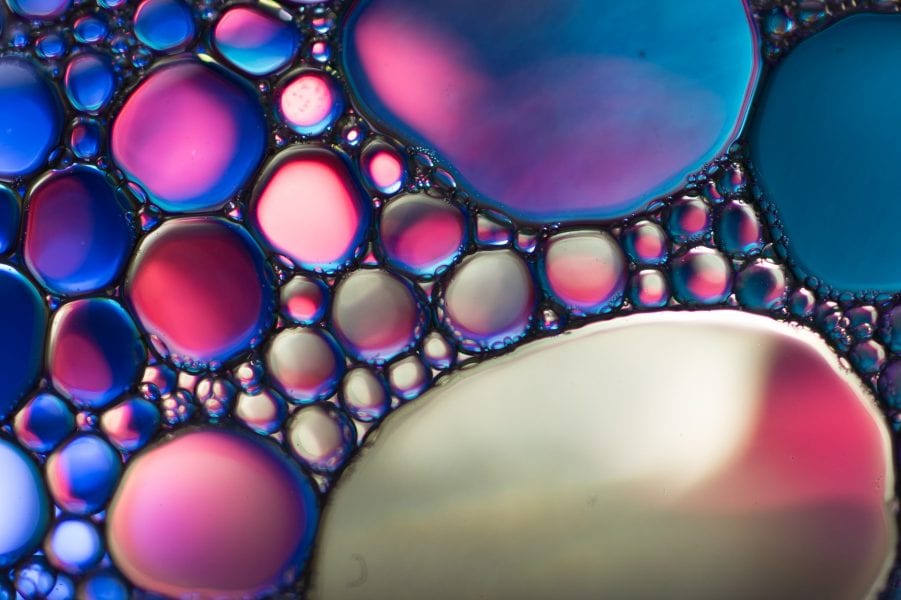
A simple, robust, and versatile way of molding all-liquid objects with potential applications in materials and life sciences.
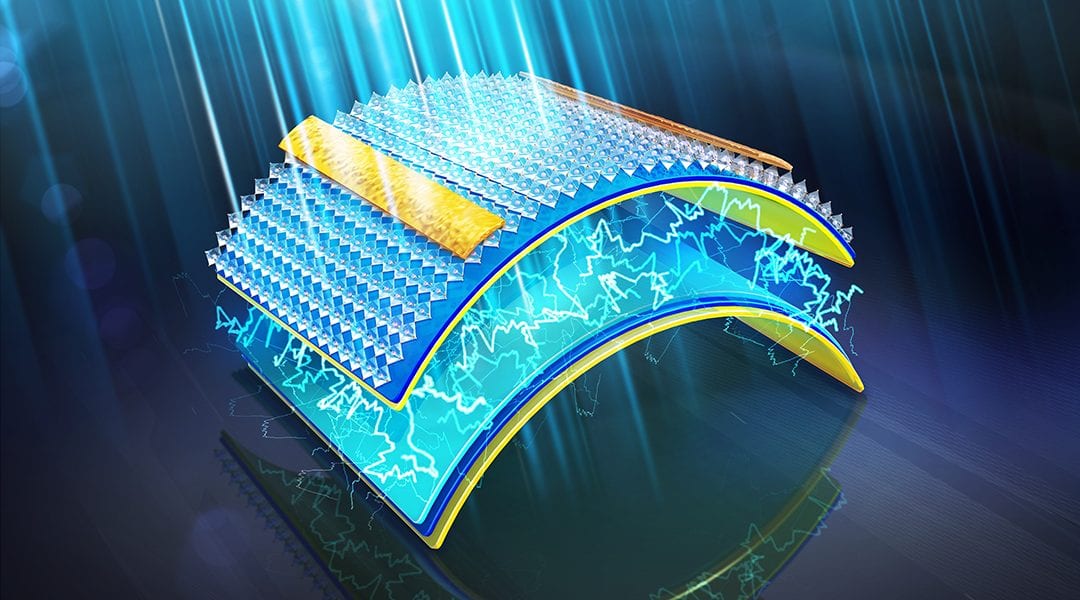
Next-generation electronics should be wearable, versatile, and energy-efficient. A new sensor systems combined with a triboelectric nanogenerator provides an excellent solution.
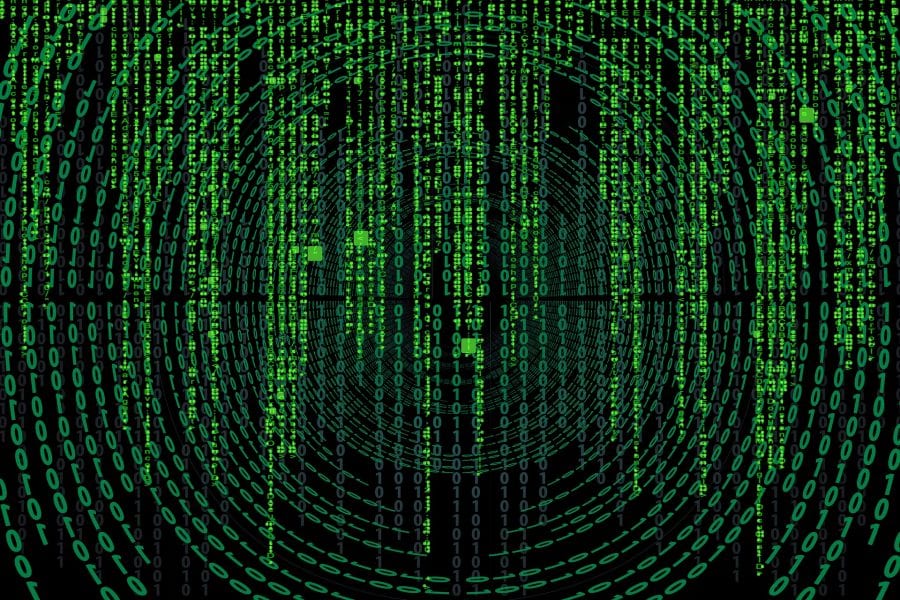
Self-healing of a phase change memory device with a metallic surfactant layer opens up new pathways in storage class memory.

Science fact catches up with science fiction: by exploiting magnetic levitation, biomanufacturing – creating living 3D structures – is now possible in zero gravity. Utkan Demirci discusses how this works.